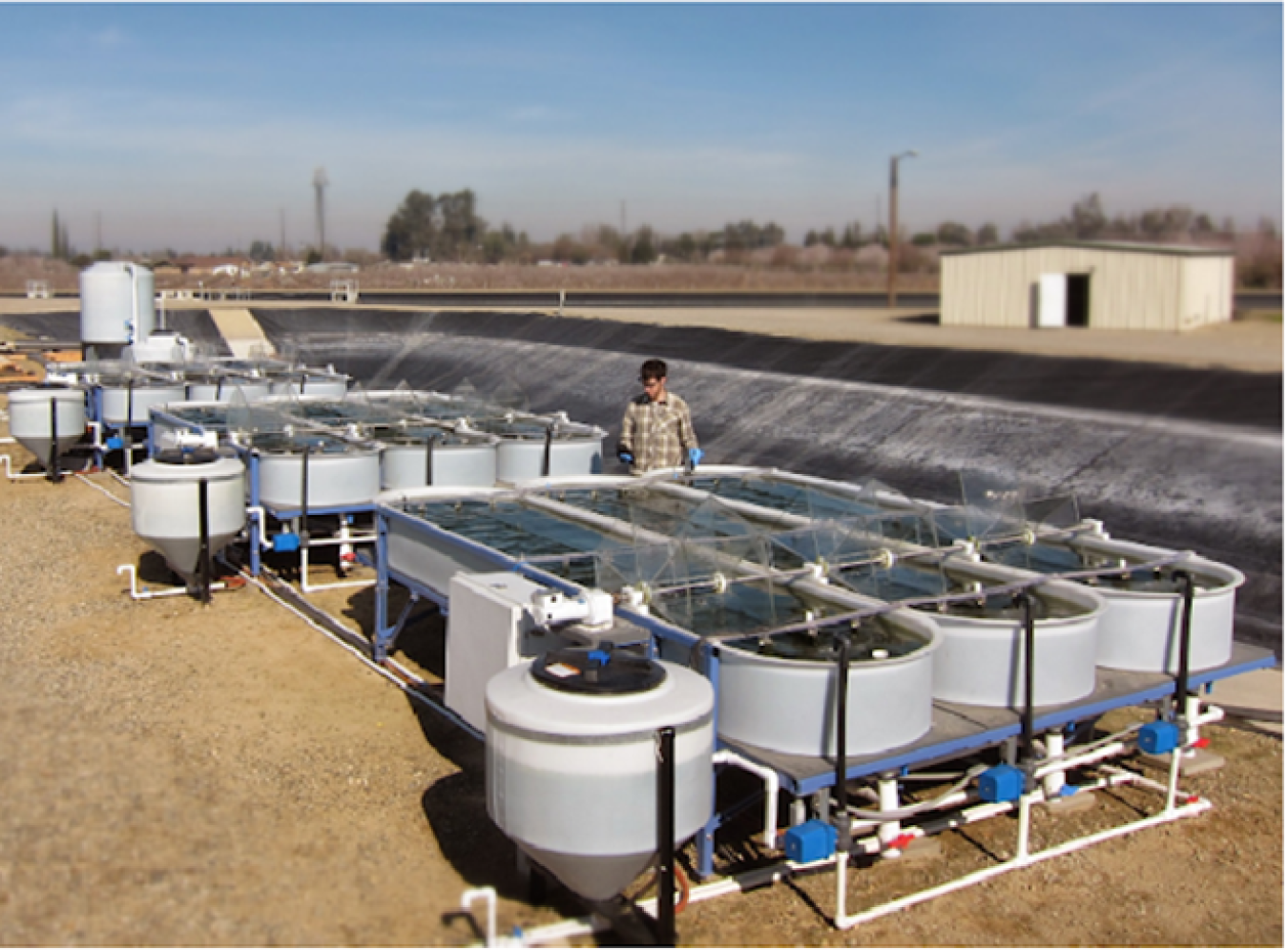In the world of biofuels over the past decade, the eyes of industry have increasingly focused on the potential for domestic microalgae to provide alternative energy with reduced carbon emissions. However, to use these tiny aquatic organisms commercially..
August 30, 2023Dr. Karthikeyan K. Ramasamy

Dr. Karthikeyan K. Ramasamy is a Chief Chemical Engineer at Pacific Northwest National Laboratory (PNNL). His current research work is focused on developing heterogeneous catalysts toward producing renewable chemicals, marine fuels, and sustainable aviation fuels. He serves as the Laboratory Relationship Manager for the U.S. Department of Energy Bioenergy Technologies Office, which has oversight of research in the sustainable use of marine, terrestrial, and waste biomass for fuels and chemicals via thermal, biological, and electrocatalytic conversion.
Prior to joining PNNL, Dr. Ramasamy worked as a Research Engineer at the Florida Solar Energy Center in Cocoa, Florida between 2002 to 2008. During this period, he was involved in research focused on renewable hydrogen production and hydrogen storage.
Dr. Ramasamy received his B. Eng. in chemical engineering from Bharathiar University, India, his M.S. in environmental engineering from University of Central Florida, and his Ph.D. in chemical engineering from Washington State University under the supervision of Dr. Yong Wang. He is involved with the American Chemical Society and the American Institute of Chemical Engineers.

In the world of biofuels over the past decade, the eyes of industry have increasingly focused on the potential for domestic microalgae to provide alternative energy with reduced carbon emissions. However, to use these tiny aquatic organisms commercially for biofuels production, they must be grown and cultivated in large outdoor ponds, in diverse geographic regions, and during different seasons.
These commercial production factors create various uncertainties in forecasting data that, if resolved, could lead to improved planning and decision-making for steady microalgae growth and supply. The key to reducing these uncertainties and bolstering forecasting data accuracy lies in a combination of modeling tools developed by bioenergy experts at Pacific Northwest National Laboratory (PNNL). The modeling tools were paired with an ensemble data assimilation (DA) tool that synthesizes the modeling and field data, strengthening biomass productivity and hydrodynamics and water quality forecast accuracy.
Supported by the U.S. Department of Energy’s (DOE) Bioenergy Technologies Office (BETO), a new PNNL study on microalgae growth forecasting in the journal, Biotechnology and Bioengineering, outlined the use and impact of this combination of tools.
Spinning up the forecast
The team integrated the ensemble DA tool with the two existing models that are part of PNNL’s Biomass Assessment Tool. The first is the Huesemann Algae Biomass Growth Model, or BGM. The BGM is used to predict potential biomass productivity in open ponds, under optimal growing conditions, and with varying light intensities and water temperatures driven by daily and seasonal cycles and shorter time-scale meteorological influences. The second is the Modular Aquatic Simulation System in Two Dimensions, or MASS2, which simulates hydrodynamics and water quality in ponds, rivers, and estuaries.
For their retrospective studies using the archives of past weather forecast data, the team evaluated the productive microalgae strain Chlorella sorokiniana, which was cultured in three outdoor ponds in Delhi, California. The team conducted multiple experiments using this microalgae growth data to thoroughly examine the performance of the integrated modeling system and ensure the results could be replicated. As soon as the water temperature and biomass observations were available, the ensemble DA tool updated the MASS2 and BGM to remove the uncertainties and improve biomass and water temperature simulations just prior to the forecast. The forecasts of microalgae growth generated over the next seven days continually improved the data in each model. After the forecast, the system was updated with new observations and the process repeated itself.
Forecasting accuracy improved by 60%
Results showed that the integrated forecasting system improved short-term (seven-day) forecasting accuracy by about 60% on average, as compared to forecasts without integrating the ensemble DA with the models. Through these results, the team determined that the integrated forecasting system was indeed a successful candidate to better inform pond managers in making microalgae operations and harvesting planning decisions, such as identifying the optimal time to harvest microalgae to maximize production or determining the ideal rate for microalgae dilution.
In their study, the researchers found that further enhancements could be made to improve the performance of the integrated forecasting model, such as further improving the water temperature forecasting skills and testing the system in semicontinuous operation for longer periods.
Dr. Karthikeyan K. Ramasamy is a Chief Chemical Engineer at Pacific Northwest National Laboratory (PNNL).

